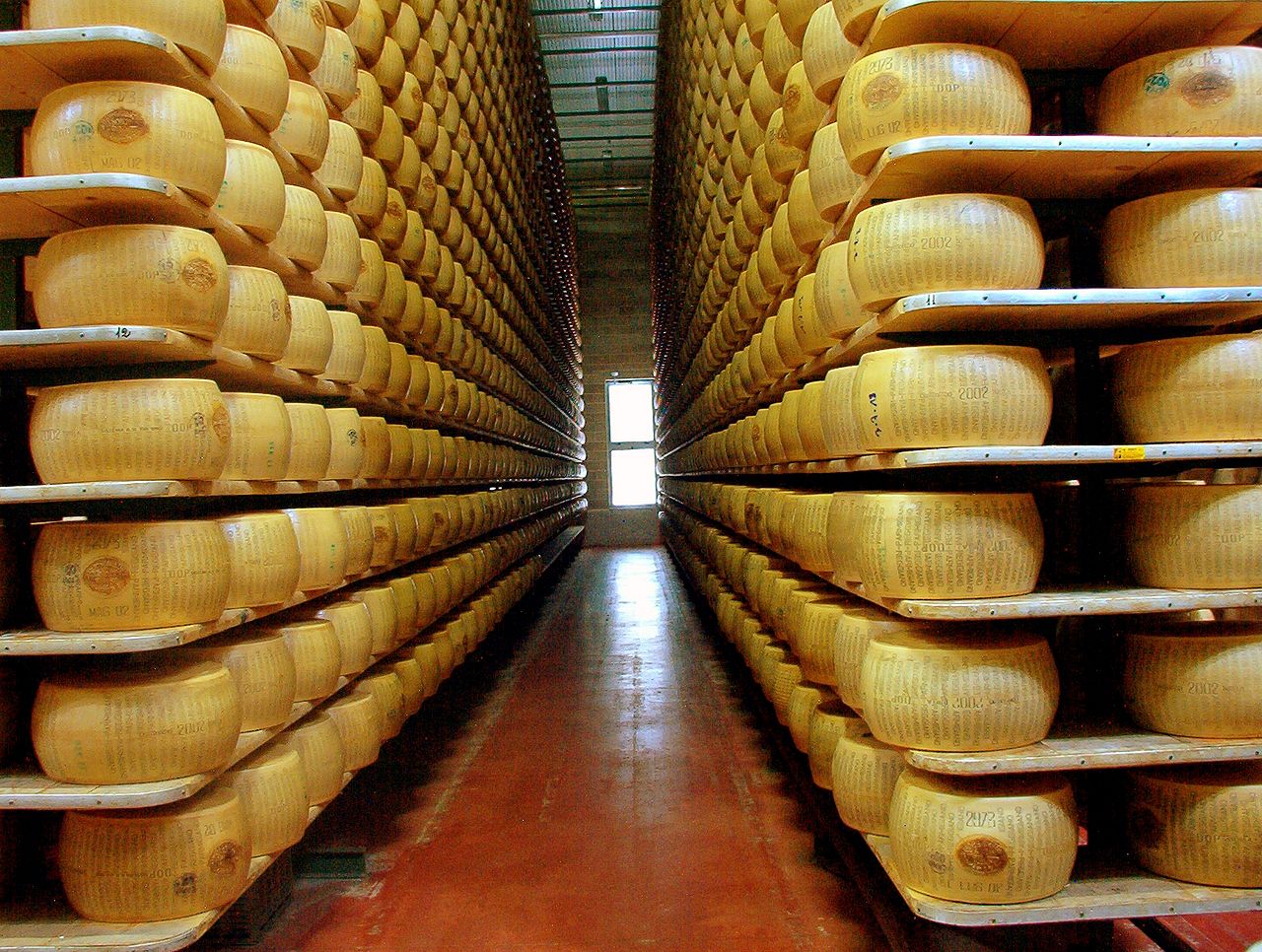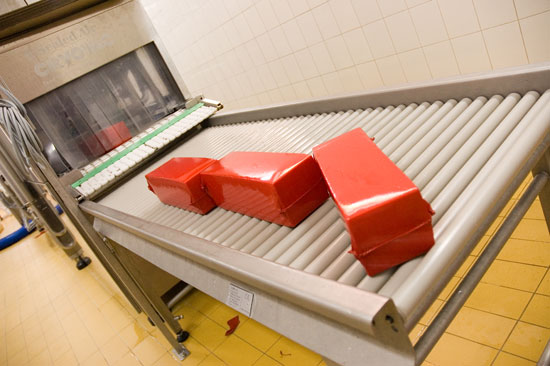Ozone can be used for disinfection, sterilization, and to
ensure the controlled environmental conditions of the
packaging systems and preparation of milk and cheese, to
disinfect waterused in fresh cheese and dairy products.
The water is treatedwith ozone is thus deprived of odors
and flavors. Ozone is alsoimportant for bactericidal function as well as the reduction of organic pollutants.
Ozone, which is used in the drying allows the production of products without undesirable mold (green, yellow, black), and provides high air purity.
Ozone is also used on cheeses such as cottage cheese, gorgonzola and taleggio to destroy Listeria monocytogenes, and in drying areas with lots of cheeses to prevent the spread of unwanted insects and parasites ( Acarus Siro, Tyrophagus Case, Tyrophagus Putrescentia, etc.). The use of ozonated water within the CIP (Clean – In-Place) allows that the rinsing phase with surfactants, chemical disinfection and rinsing treatment is replaced by a single ozonated water treatment. This feature is very important for the company because of the great savings on chemical products and personnel in purity department. Ozone can also be used in the treatment of whey and waste material, obliterating noxiousness in them and that wastewater can be purified to such a level that may be discharged into nature.


The list of possible applications of ozone:
Food industry
• Disinfection of product water
• Water recycling
• Washing of products
Dairies
• Disinfection of steam condensate
• Disinfection of water
• CIP process
Ozone disinfection
Ozone is an effective alternative to conventional disinfectants. When the ozone comes into contact with the microorganisms, it oxidizes their cell membrane and causes the cells to destroy themselves. Ozone is active against bacteria, fungi and viruses. Since ozone is made “only” three oxygen atoms, only oxygen as a by-product is formed upon the oxidation.
The beverage industry
• Disinfection of water
• Elimination of iron and manganese in the raw water
• Washing bottles
• CIP process
• Disinfection of caps
• Sanitation of surface plant and equipment
• Stabilization of still waters
